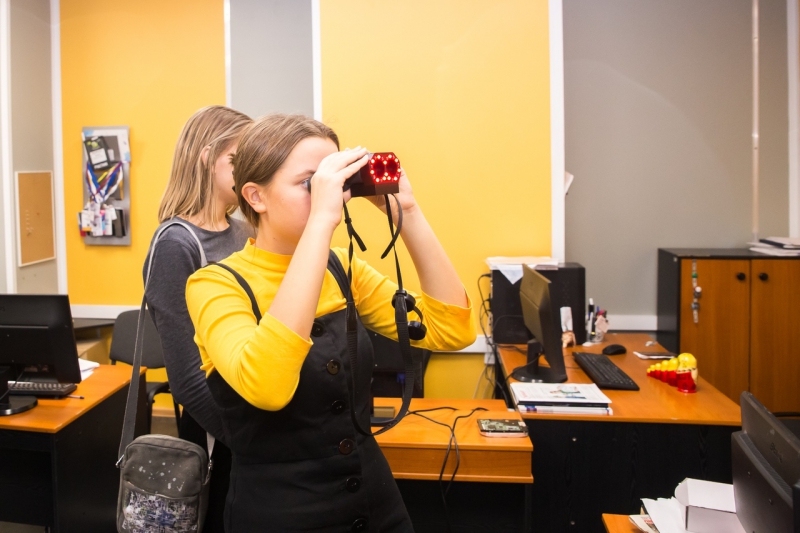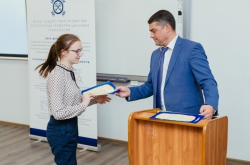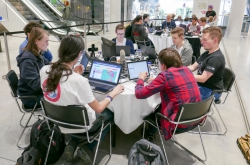Secret software, pixel-encrypted messages, and tapping devices; these were some of the things the participants of the Fort Boyard quest at ITMO’s Lomonosova St. 9 campus had to deal with. Designed for 8-to-11 grade students, the game brought together a grand total of six teams wanting to learn more about information security.
The quest’s participants had to navigate their way through three rooms full of special tasks and exciting challenges. The first room’s ones were dedicated to the topic of secret information that could be harbored in alterations in an image’s pixels that are normally unrecognizable to the human eye.
“Room number one, or the Cybersecurity Lab as we called it, tasked the participants with working with files,” explains Ekaterina Sozinova, a co-organizer of the quest and associate professor at ITMO’s Faculty of Secure Information Technologies. “They were presented with two images with a 16-bit difference which they had to detect. Having found that difference, it was then possible to identify 16 symbols, either 0s or 1s, and, using a special table, reconstruct two letters that contain an encrypted message. These tweaks are unrecognizable to the human eye, which is why special software was needed. In its turn, it was sewn into a .docx document, which, when opened, turned out to be a zip file. This was the first clue for the participants; the first thing they needed to do was to unpack the file. Having done that, they’d discover lots of other files and folders that included the software they needed to proceed.”

While one team was searching for the necessary software, another was in a different room racking their brains over an encrypted text. Facing them were two sheets of paper with what seemed to be an incoherent set of letters. What they had to do was to get to the bottom of what the initial text would look like.
“This task makes use of two ciphers: a simple replacement cipher and a horizontal permutation cipher. For starters, the participants had to uncover which cipher was used where. The simple replacement cipher is basically one where you write down all the letters of the alphabet and just replace one with another. The horizontal permutation cipher works in a different way: you write your text down in an appositely sized table and then move the columns around,” says Ekaterina.
To decipher the text, the participants needed to recall which letter of the Russian alphabet is the most common in words. This is the letter “O”. Having found the letter that was the most present in the text, they could hypothesize it to be the replacement for O. Then, looking at the same text that was ciphered using the horizontal permutation method, they could restore the columns to their correct order by aiming at putting all Os in the right places. Having completed the tasks, the participants then swapped rooms.
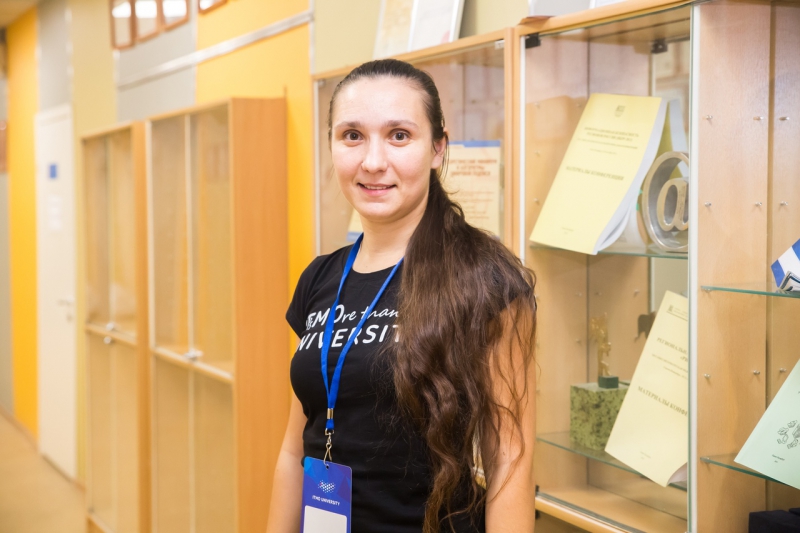
“What I found the most interesting was the methods we used when deciphering the texts; this could come in handy in life,” shares school student Andrey Dmitriev.
Excitement levels soared when the participants were asked to find tapping devices and hidden cameras, which was what awaited them in the third room. Using a special device which could pick up on different kinds of radiation, they could track down the tapping equipment present. First, though, they had to switch off their own mobile phones to prevent the aiding device from reacting to those. Then, with the help of special binoculars, they set about searching for a hidden camera. The binoculars revealed the camera’s reflection as the participants moved around the room. Should the camera lens and the binoculars’ eyepiece find themselves on the same line, the latter’s wearer could notice a small red dot that turned them on to the former’s whereabouts.
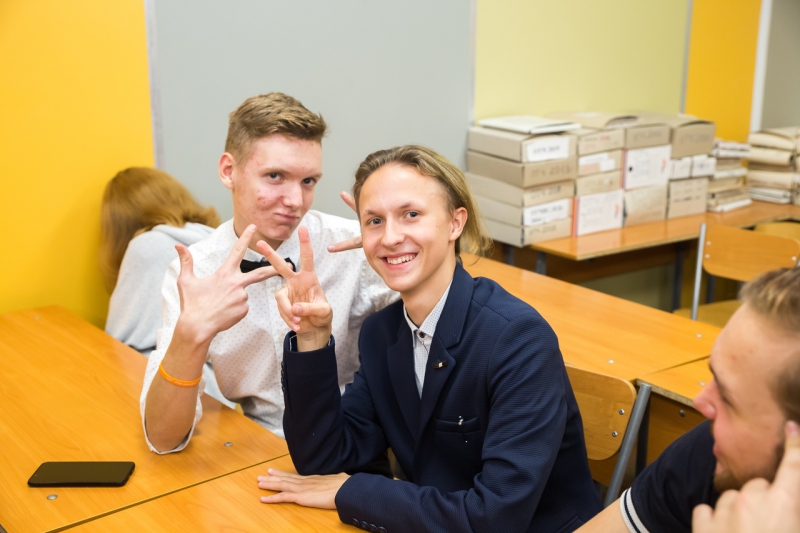
“I really enjoyed the quest,” says school student Nikita Shilin upon exiting the last room. “It was interesting to uncover the camera and the tapping device.”
This has been the first such quest for ITMO University, but it may well become an annual feature in the near future, say the organizers.
